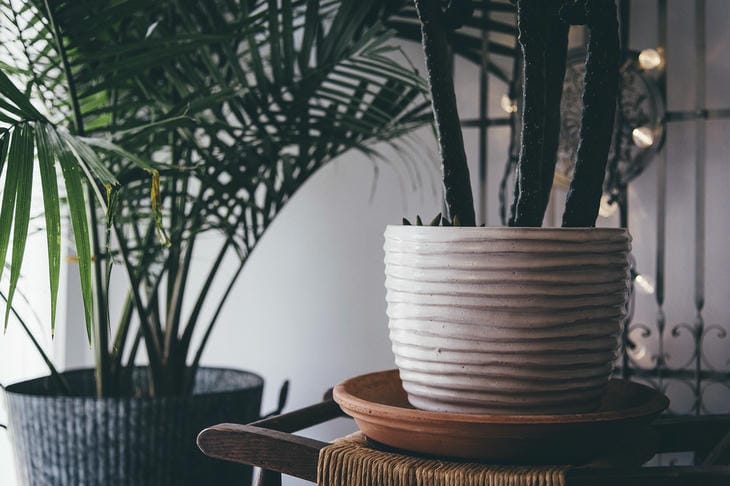Although mold in the top layer of soil looks a little scary, if it is found and removed quickly enough, it will not cause much harm to the plant.
Overwatering plants is the main cause of mold in the soil.
And excess moisture often leads to a much more serious problem – root rot, which leads to the death of the plant.
If you notice mold, reduce the frequency and amount of watering. Remember that in the cooler months of the year, plants do not need to be watered as often as in the summer.
Another reason that contributes to mold growth is poor soil drainage. Soil permeability is important for any indoor plant, because if the roots are in a humid environment for a long time, various rots can develop.

To improve drainage, sand or perlite is added to the soil, which will improve not only water permeability, but also air exchange in the soil.
Also make sure that the flowerpot has drainage holes through which excess water can drain.
To get rid of mold, you don't necessarily have to replant the plant in new soil. First, remove the moldy top layer and let the soil dry out a little.
After this, you can add perlite or sand to improve water permeability.
From time to time, you should loosen the soil with a stick, thereby improving air access. In the cold months of the year, it is important to regularly ventilate the room, which will also help in the fight against mold.
For reference
Houseplants are plants that are grown indoors and in public spaces. Most houseplants come from the tropics and subtropics.








